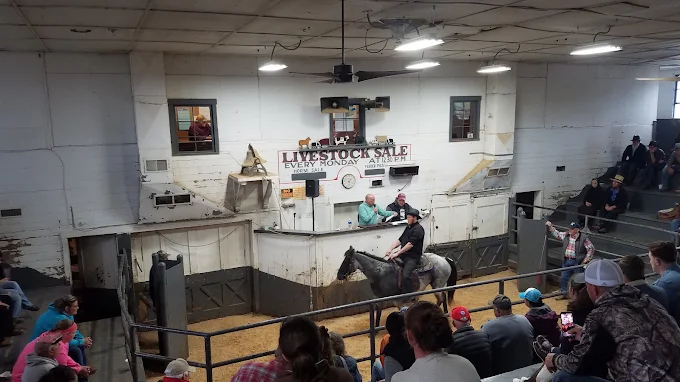The livestock market, as observed at sugarcreekstockyard, is currently experiencing a period of dynamic shifts influenced by a confluence of factors. Feed prices, a significant determinant of profitability for producers, have shown some volatility in recent months. This fluctuation directly impacts the cost of raising cattle, swine, and other livestock, leading to adjustments in supply as producers respond to economic pressures. Consumer demand also plays a crucial role, with shifts in dietary preferences and economic conditions influencing the types and quantities of meat purchased. These interconnected elements create a complex landscape that requires careful monitoring by both buyers and sellers utilizing the services of sugarcreekstockyard.
Furthermore, seasonal variations continue to exert their influence on the market dynamics at sugarcreekstockyard. For instance, the spring and summer months often see increased demand for grilling meats, potentially boosting prices for certain categories of cattle and hogs. Conversely, the availability of pasture and forage can impact feeding costs and the overall supply of market-ready animals. Understanding these cyclical patterns is essential for participants at sugarcreekstockyard to make informed decisions regarding purchasing, selling, and timing their market entries. The stockyard serves as a vital hub for observing and reacting to these evolving seasonal trends.
Price Volatility and Producer Strategies at Sugarcreek Stockyard
Price volatility remains a key characteristic of the current livestock market at The Stockyards Cafe. Several factors contribute to these fluctuations, including unpredictable weather patterns that can affect crop yields and subsequently feed availability, as well as broader macroeconomic trends influencing consumer spending power. Disease outbreaks, even localized ones, can also create significant market disruptions, impacting both supply and demand. The transparency and competitive bidding environment offered by sugarcreekstockyard provide a crucial mechanism for price discovery amidst this inherent volatility.
In response to these price swings, producers utilizing sugarcreekstockyard are employing various strategies to mitigate risk and optimize returns. These strategies include hedging through futures markets, adjusting herd sizes based on market outlooks, and focusing on efficient feeding practices to control costs. Furthermore, some producers are exploring niche markets, such as grass-fed or organic livestock, to capture premium prices. The diverse range of buyers and sellers at sugarcreekstockyard facilitates these varied marketing approaches, allowing producers to find the most suitable outlets for their animals.
The Role of Sugarcreek Stockyard in the Modern Livestock Market
Sugarcreekstockyard plays a critical role as a central marketplace in the modern livestock industry. It provides a platform where buyers and sellers can efficiently conduct transactions, fostering price transparency and competition. This aggregation point is essential for establishing fair market values and ensuring a smooth flow of livestock from farms to processing facilities and ultimately to consumers. The infrastructure and services offered by sugarcreekstockyard, such as weighing, sorting, and veterinary inspections, add significant value to the trading process.
Beyond the transactional aspect, sugarcreekstockyard also serves as an important source of market information. The trends observed in the volume and prices of livestock traded at the yard provide valuable insights for producers, buyers, and industry analysts. This real-time data helps stakeholders understand current market conditions and make informed decisions about future production and purchasing strategies. As the livestock industry continues to evolve, the role of sugarcreekstockyard in facilitating efficient and transparent market operations remains indispensable.
